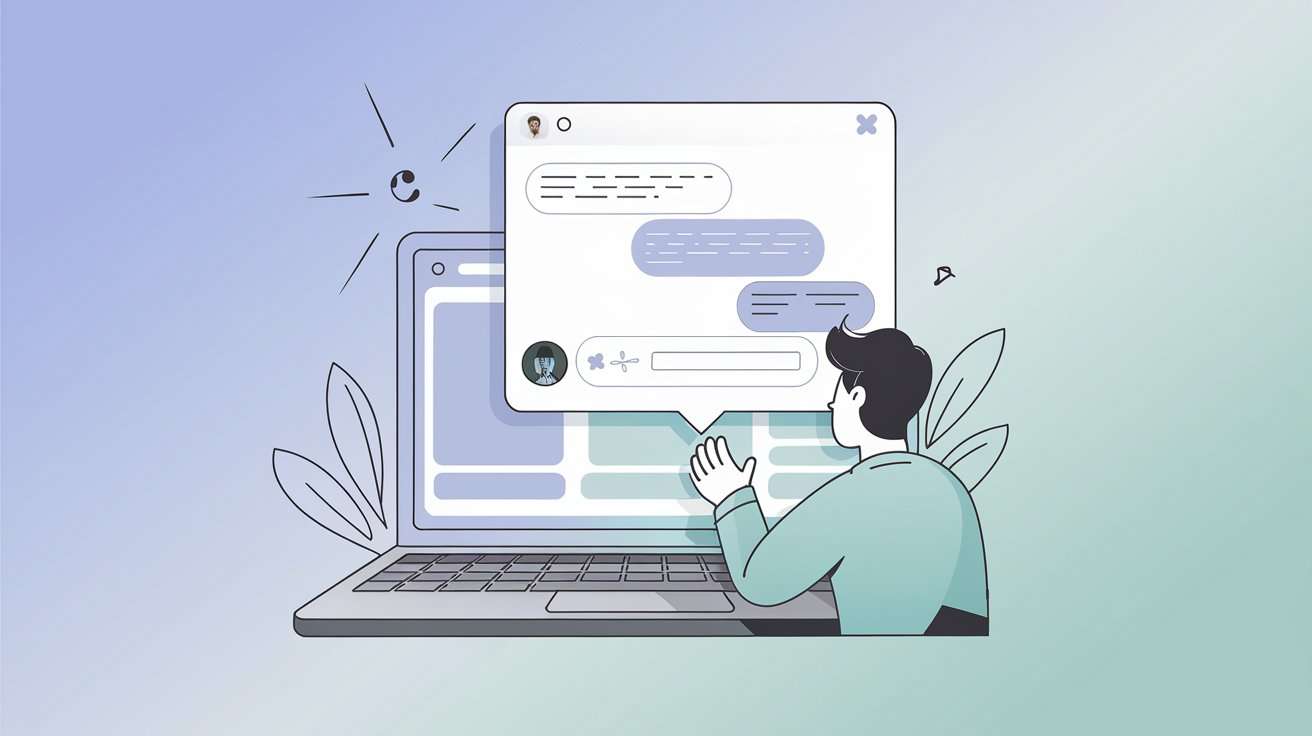Introduction:
Training AI chatbots is essential for businesses seeking to improve their customer service and automate repetitive tasks. However, this process can present several challenges. From ensuring that the chatbot understands customer queries to maintaining data privacy, there are numerous hurdles to overcome. In this article, we will explore five common challenges in training AI chatbots and offer solutions to address them, making the chatbot training process smoother and more effective.
1. Data Quality and Quantity
Challenge:
For AI chatbots to function efficiently, they need access to high-quality data. However, gathering enough relevant data to train the bot can be difficult, especially for businesses that are new to AI. Poor or insufficient data can result in a chatbot that fails to provide accurate responses, frustrating customers and reducing efficiency.
Solution:
To ensure high-quality data, businesses should collect diverse customer queries and responses. Utilize feedback from existing customer service interactions, surveys, and FAQs. Moreover, it’s essential to update the training data periodically to account for changes in language, customer behavior, or industry trends.
2. Natural Language Understanding (NLU)
Challenge:
AI chatbots rely on Natural Language Understanding (NLU) to interpret human language, but this is a complex task. Misunderstandings can occur when the chatbot misinterprets a customer’s intent, leading to incorrect responses.
Solution:
Investing in NLU models that continuously improve over time is crucial. Implement a feedback loop that allows the chatbot to learn from its mistakes and improve its responses. Additionally, the training dataset should include various synonyms, phrases, and idiomatic expressions to make the chatbot more versatile.
3. Handling Uncommon or Complex Queries
Challenge:
AI chatbots are typically trained to handle common queries. However, when customers ask rare or complex questions, the chatbot might not be able to provide an appropriate answer. This is a common issue, especially in specialized industries.
Solution:
A solution is to integrate a fallback system where the chatbot escalates complex queries to a human agent. Additionally, continuously update the chatbot’s knowledge base with new questions and answers to handle emerging topics. It’s also helpful to use machine learning algorithms that allow the bot to adapt to more challenging queries.
4. Ensuring Personalization
Challenge:
Customers expect personalized experiences. However, many AI chatbots struggle to personalize interactions based on previous conversations or customer data. This lack of personalization can lead to a poor customer experience.
Solution:
To personalize interactions, AI chatbots need access to customer data from CRM systems or previous interactions. Implementing features such as conversation history tracking and customer preferences will help the chatbot deliver tailored experiences. You can also program the bot to ask relevant questions to gain deeper insights into the customer’s needs.
Learn more about chatbot personalization here.
5. Maintaining Data Privacy and Security
Challenge:
Data privacy is a significant concern when training AI chatbots, especially for businesses dealing with sensitive customer information. Ensuring that the chatbot complies with data privacy laws like GDPR or CCPA is crucial.
Solution:
To protect customer data, ensure that all chatbot interactions are encrypted. Additionally, only collect the necessary data for improving chatbot performance and ensure transparency by informing customers about how their data will be used. Regular audits and compliance checks will help ensure adherence to privacy laws.
For tips on data privacy compliance, visit GDPR.org.
Conclusion:
Training AI chatbots is a crucial process for any business aiming to automate customer service. However, as we’ve seen, there are several challenges in this process, including data quality, understanding natural language, handling complex queries, personalization, and data privacy. By adopting the right strategies and technologies, these challenges can be overcome, resulting in more effective and reliable AI chatbots. Keep updating your training data and chatbot algorithms, and your chatbot will continue to improve, providing better service for your customers.

